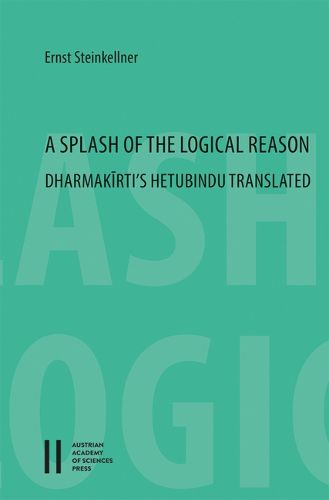Readings Newsletter
Become a Readings Member to make your shopping experience even easier.
Sign in or sign up for free!
You’re not far away from qualifying for FREE standard shipping within Australia
You’ve qualified for FREE standard shipping within Australia
The cart is loading…






This volume provides the first modern translation of the recently found original Sanskrit text of Dharmakirti's Hetubindu (ca. 600 CE), the first Indian work of pure logic. The concise definitions and explanations of the central terms are enriched by several extensive digressions, such as on the pervasion (vyapti) in the proof of momentariness of entities, with his conceptions of causality, and on the nature of non-perception or negative cognition (anupalabdhi), as well as by the supplement of a refutation of Isvarasena's theorem of six characteristics for a logical reason (?allak?a?ahetu). The translation aims at making the content available to specialists in Indian epistemology and also to philosophers and logicians in general who have no knowledge of classical Sanskrit. It is provided with a short introduction and a detailed structural outline.
$9.00 standard shipping within Australia
FREE standard shipping within Australia for orders over $100.00
Express & International shipping calculated at checkout
This volume provides the first modern translation of the recently found original Sanskrit text of Dharmakirti's Hetubindu (ca. 600 CE), the first Indian work of pure logic. The concise definitions and explanations of the central terms are enriched by several extensive digressions, such as on the pervasion (vyapti) in the proof of momentariness of entities, with his conceptions of causality, and on the nature of non-perception or negative cognition (anupalabdhi), as well as by the supplement of a refutation of Isvarasena's theorem of six characteristics for a logical reason (?allak?a?ahetu). The translation aims at making the content available to specialists in Indian epistemology and also to philosophers and logicians in general who have no knowledge of classical Sanskrit. It is provided with a short introduction and a detailed structural outline.